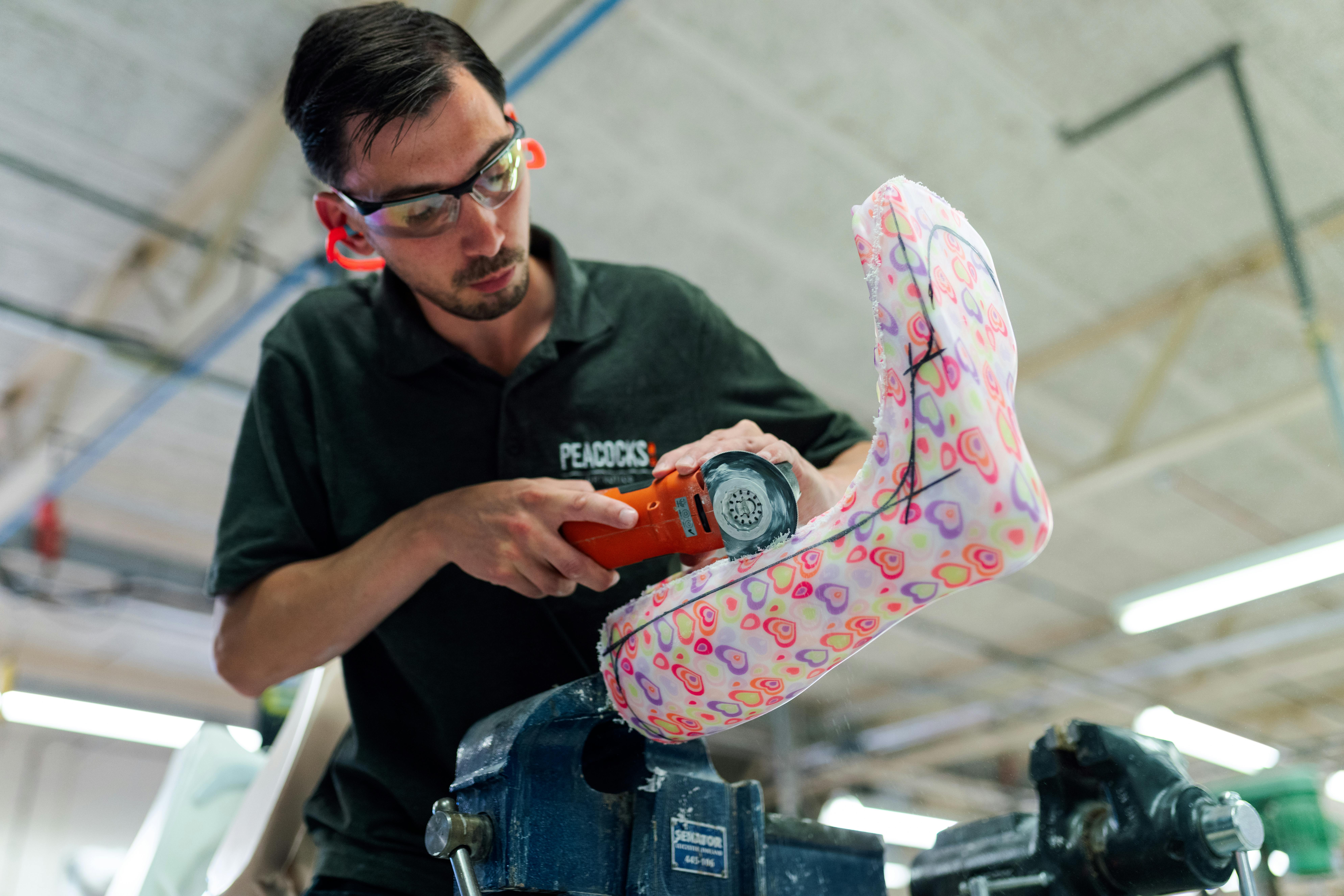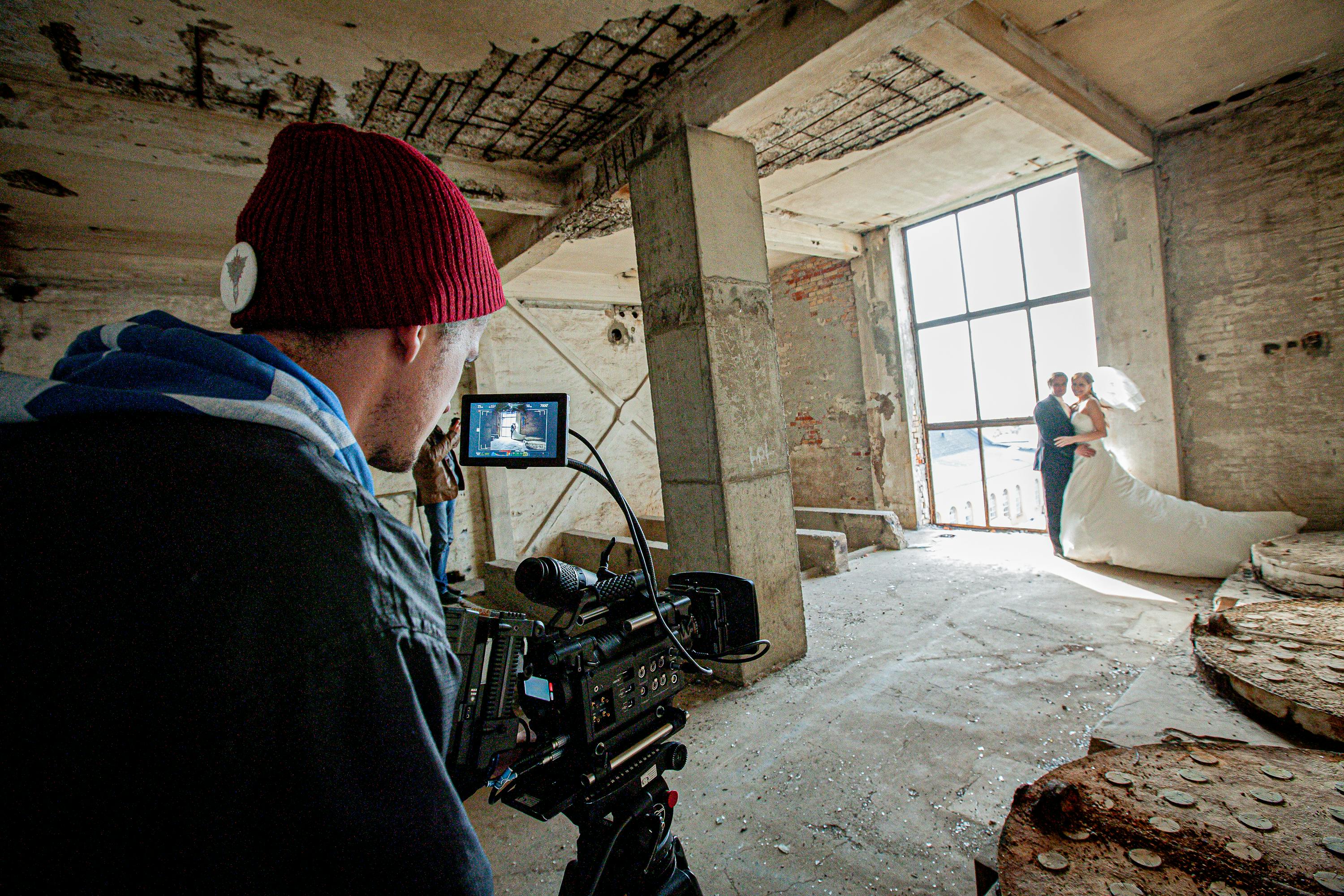Finally, a significant shift appears to be taking place in corporate media. It is no longer just the ultra-slim women who meet their previously very rigid beauty standard, or what it really has been, a acceptability standard for women.
Women with real body fat (gasp!) Are now increasingly represented on mainstream television and even in fashion magazines. They not only appear, they are presented as examples of great beauty.
Sports Illustrated featured beautiful model Ashley Graham on its cover in 2016, which made international news because, by mainstream media standards, she is 70 pounds overweight.
Graham will now serve as a panel judge for “America’s Next Top Model” with Tyra Banks.
The popular HBO show “Girls” made headlines in recent years because it revealed actual cellulite in one of the show’s stars. Glamor magazine continues to feature all four stars on its cover, one of them boldly fat, with her cellulite exposed on purpose.
Cable television, YouTube, and other forms of alternative media distribution set the precedent a decade and more earlier. They have allowed us to see real bodies represented on video on a regular basis.
Now, the corporate media itself is changing. Actresses in TV commercials, female meteorologists, even pop stars … It’s happening. Women who are bigger than a skinny scarecrow are no longer forbidden to be depicted as normal, and even beautiful, people.
What a victory, or so it seems. After all, for decades feminists, concerned parents, and “plus size” activists have opposed media presentations of ultra-slim women as the measure of female beauty and the body type required to qualify to be a star.
They argued that this standard places almost all living women, even thin women, in the “too fat” category, and that it leads many girls and women to develop anorexia, bulimia, and the type of diet that ultimately leads to bingeing.
Corporations like Dove have included it on the list. The mainstream media are adjusting to these demands. The basic principles of public debate on “body image” and the representation of women have changed. It is progress, for sure.
But something is missing here. Something as big as an elephant in a room.
It’s something that has a lot to do with why so many women and girls have “body image” issues in the first place, and why so many develop eating dysfunctions.
That something is not simply about an inflexible or unrealistic or even physically unhealthy standard of beauty.
It’s also about how women’s beauty is treated. It is about how women’s bodies are represented, however diverse in size, color, and age.
To put it in feminist terminology: the problem is sexual objectification.
The Sports Illustrated cover featuring the beautiful Ashley Graham could have sent the message to women who are bigger than scarecrow skinny that they too can be sexually desirable at their weight.
But is this a message about respectful Craved? Or something else?
Do the photos of the three prominent women of various body types provoke in the male viewer: a respect for women’s limits, a recognition of their self-control and their complex humanity, and the understanding that a woman’s sexuality woman is shared only with those women? choose to share it with?
Or does it send the message to the male viewer that the complex humanity of the women who turn them on isn’t real or doesn’t matter? Does it send the message that women do not have significant sexual boundaries? And that women aren’t picky as to who they choose to share their sexuality with because, just look, these three diverse models who have what many consider to be the best job in the world for women – modeling – are offering it to the camera. And for millions of anonymous male viewers, don’t you need criteria?
Girls and women do not develop low self-esteem, body image complexes, and eating dysfunctions simply because their body type is not represented in the media.
That is part of the problem. But it is not the most important part. In fact, strict control over an external beauty standard is really only one facet of the real and deeper problem, and that deeper problem is the disrespectful representation Of woman. The representation of women, and even girls, as sexual objects.
Not all women will agree that the sexual objectification of women is a form of disrespect. Some women feel that assuming that role is a way to reclaim their femininity and that the sexual attention they receive from it is not disrespectful.
I would say what they are enjoying is relief from outright disrespect and contempt.
For men who have learned to objectify women, the prelude to “getting something” seems like a kind of respectful behavior: smiles, nods, attention, perhaps a gentlemanly courtship.
But if the men paying attention do not see a complex, intrinsically self-possessed human being when they see a woman portrayed as a sexual object, there is no realism in their show of respect.
If you read women’s and girls’ accounts of how their eating disorders began, most refer to sexual abuse in the family, sexually objectifying comments linked to the ultra-slim beauty standard, and being overly influenced by that ultra-slim beauty standard in the media – after your self-esteem is low.
And low self-esteem comes from being treated like you’re invisible. It comes from being treated as if one’s interior, one’s infinitely complex humanity, is not real or meaningful.
It comes from being represented in the ubiquitous media as if you don’t have the physical and sexual limits that people who matter have. The type of limits that must be respected. It comes from being treated as if one were an object for someone else to use, whether the “object” is designated as “beautiful” or not.
In response to the objectification of culture, especially in the media, women and girls learn to objectify themselves.
The natural perception that a girl has of herself, which she inherently had as a child, is no longer the important issue in her life: experiences your body, who experiences the world – to be an object for the viewing pleasure of others.
She still has the needs of a subject, of a real person, infinitely complex, but her self-perception is determined by the treatment she receives and by the cultural representation of people who look like her.
It begins to conceive of itself in terms of images. The images that represent the media. The images that she knows others (who are also trained by the media) see when they look at her.
You could say that there is a “bad body image” problem.
But a human being does not naturally think of his own body primarily in terms of an “image”. His conception of his body is naturally, before self-objection, multisensory.
This natural self-conception includes your visual understanding of your own body from the outside, but, before self-objectification is internalized, your internal experience of your body is not separate from your visual image.
If we are not objectifying ourselves, we naturally associate our visual impression of ourselves with our internal experience of ourselves.
When we have this natural perception of ourselves, we do not define ourselves according to a “body image.” We do not think of our body mainly from an external point of view, as if we were another person looking at our body.
It’s not that a self-possessed person doesn’t care about their appearance. The opposite is true. When we feel like we own ourselves, we care about our appearance because we are proud, in a healthy way, of who we are.
Some in the “body positivity” movement have said that women’s appearance is overemphasized in the media and that instead, women’s qualities should be valued in addition to physical appearance.
I think that what they intuitively object to is the media objectification of the woman’s appearance.
Appearance does matter, because we matter. Our appearance is part of our integrity.
It is the internalized separation of the body from individuality, self-objectification, that needs to be repaired.
It is the sexual objectification of women and girls in society that needs to change.
When we own ourselves, we love our body without having to reflect on whether we love our body.
We love to be alive, we love to be ourselves, we love to be in an amazing female human body, amazing because it is alive and it gives us life.
We are all owners of ourselves by nature, before our relationship with our body is interrupted by the violent and subliminal insistence throughout society and in the media that the female body does not signify human individuality. Instead, the female body is conceived and presented as if it were publicly accessible, until someone other than the human being claims it privately in that female body.
The natural self-love that we are all born with is damaged or destroyed in this process.
The battle against the uncompromising standard of ultra-slim beauty appears to have been won, or at least victory is in sight. But the problem behind that standard of beauty, why it was so damaging and why it existed in the first place, is sexual objectification and lack of respect for women. It all starts with objectification.
Time to name that “invisible” elephant in the room.
The problem that is currently identified as the “bad body image” of women and girls will continue until we launch another movement that effectively challenges the objectification of women and girls.
We have already made some progress. Let’s keep making changes.


